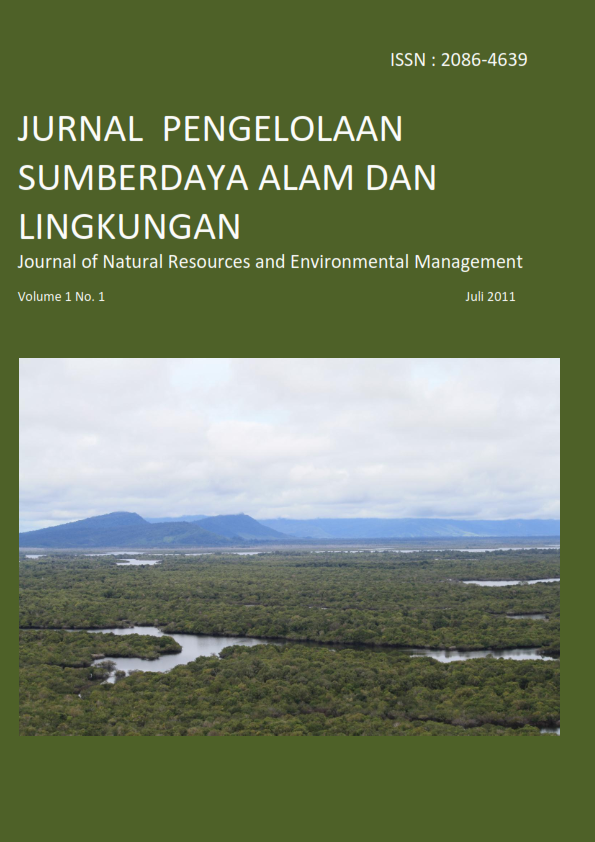KAJIAN PARAMETER KEBERADAAN VEKTOR PENYAKIT DEMAM BERDARAH DENGUE (DBD) MENGGUNAKAN DUKUNGAN PENGINDERAAN JAUH (REMOTE SENSING) DI KOTA PONTIANAK
Abstract
Dengue Hemorrhagic Fever (DHF) transmission dynamic is naturally influenced by fluctuating environmental conditions that could be locally specific even at the level of urban areas. Remote sensing technology is increasingly recognized as a powerful tool to scan DHF endemic areas and could be used to monitor DHF vectors fluctuation and the related biogeographical environment. A study was conducted to estimate the DHF transmission intensity in four endemic distric in Pontianak urban areas West Borneo. The estimation was based on environmental condition and the most of the data were obtained through remote sensing using the satellite IKONOS and NOAA. The study subjects were the environmental conditions of the urban areas considered as the risk factors for DHF transmission. Data were collected either through field observations and remote sensing. Data set was analyzed with the discriminant analysis module using the SPSS 17.0. The results of the study showed that there were predictor variables of the environment risk factors should be considered in the estimation of DHF transmission intensity in certain DHF endemic distric. Those variables included: (1) air temperature, (2) mosquito vector density, (3) relative humidity and (4)building density. Linear discriminant function was obtained to predict the incidence of DHF outbreak. Applying this model, DHF transmission intensity in certain distric could be estimated with a high accuracy. The result showed that the assessment model could be built following the formula:Y = 237,490 + 113,474 x (vector) – 121,828 x (temperature) – 98,999 x (relative humidity) + 78,782 x (building) that could be as high accuracy as 90,9 %.
Keywords: Remote sensing technology, Dengue Hemorrhagic Fever (DHF), DHF transmission intensity, Mosquito vektor density, IKONOS, NOAA
Authors
Authors who publish with this journal agree to the following terms:
- Authors retain copyright and grant the journal right of first publication with the work simultaneously licensed under a Creative Commons Attribution License that allows others to share the work with an acknowledgement of the work's authorship and initial publication in this journal.
- Authors are able to enter into separate, additional contractual arrangements for the non-exclusive distribution of the journal's published version of the work (e.g., post it to an institutional repository or publish it in a book), with an acknowledgement of its initial publication in this journal.
- Authors are permitted and encouraged to post their work online (e.g., in institutional repositories or on their website) prior to and during the submission process, as it can lead to productive exchanges, as well as earlier and greater citation of published work (See The Effect of Open Access).





